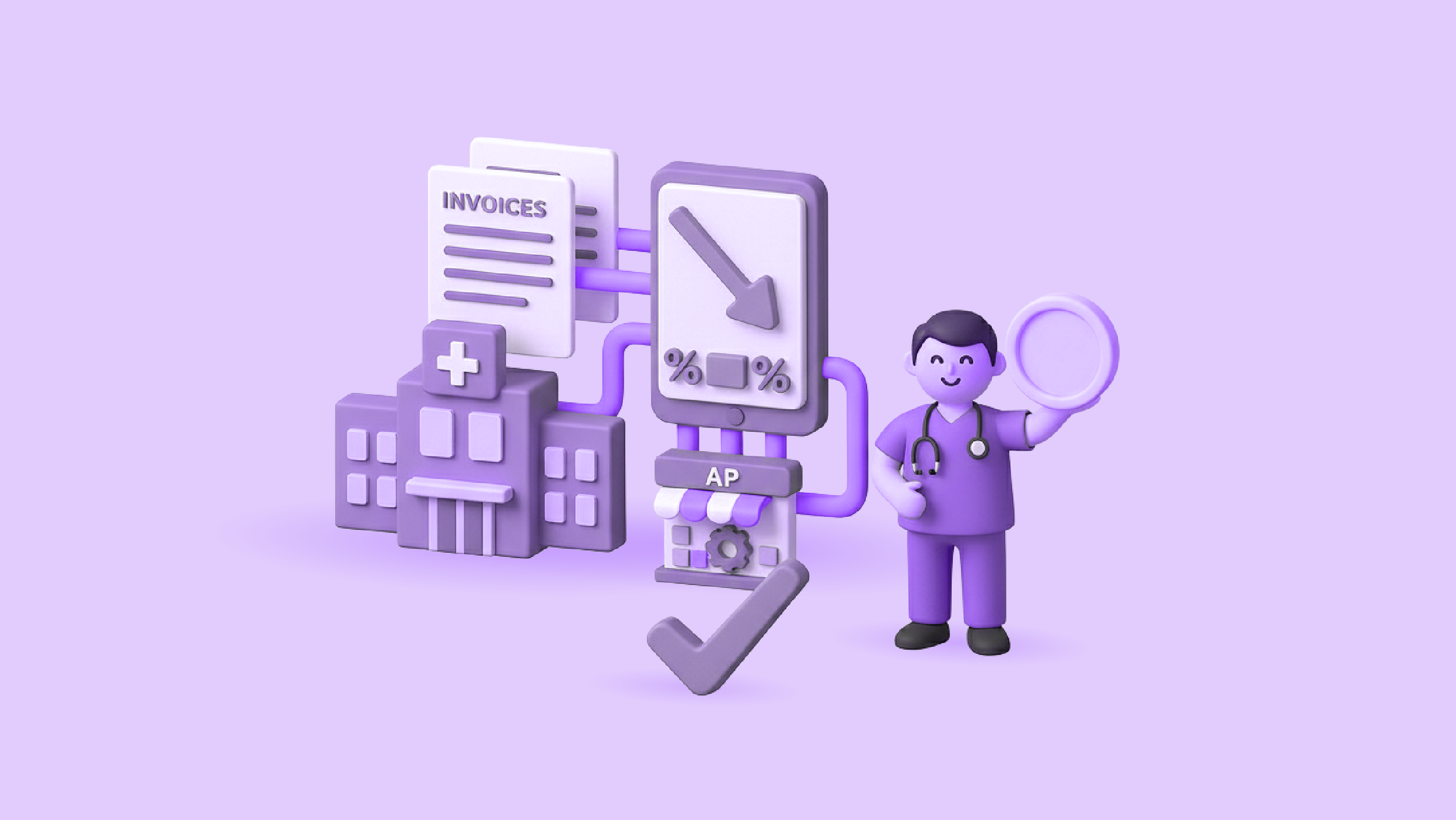Accounts Payable (AP) is one of the core functions of any finance team. It not only ensures that suppliers are paid accurately and on time, but it also has a significant impact on cash flow, working capital, and overall operational efficiency. To manage AP effectively, finance teams must track key metrics that provide insights into the performance, accuracy, and efficiency of their processes. This article explores ten AP metrics that every finance team should monitor to optimize operations and support informed decision-making.
Understanding AP Metrics
Accounts Payable metrics are measures that help finance teams understand how efficiently and accurately the AP process is being managed. Tracking these metrics provides visibility into bottlenecks, errors, and opportunities for improvement. AP metrics are not limited to tracking payments but also extend to invoice processing, supplier management, and employee productivity.
By monitoring these metrics, finance teams can reduce costs, improve supplier relationships, prevent errors, and make data-driven decisions. These metrics also support compliance with regulatory requirements and internal controls, ensuring that financial operations remain accurate and auditable.
Key AP Metrics to Track
1. Invoice Processing Time
Invoice processing time measures the duration from when an invoice is received to when it is approved for payment. A high processing time indicates inefficiencies in the AP workflow, such as delays in invoice approval or missing documentation.
Reducing invoice processing time is crucial because it improves cash flow management and strengthens supplier relationships. Automation of invoice entry and approval workflows can significantly reduce processing time. Finance teams should track average processing time regularly and identify areas where delays occur.
2. Cost per Invoice
Cost per invoice measures the total cost incurred to process a single invoice. This includes staff time, software costs, and any associated overheads.
Tracking cost per invoice helps finance teams identify whether resources are being used efficiently. A high cost per invoice may indicate manual processing or redundant steps in the AP process. Organizations can lower costs by adopting automation, optimizing approval workflows, and improving invoice data accuracy.
3. Invoice Exception Rate
An invoice exception occurs when there is a discrepancy between the purchase order, invoice, and receipt of goods or services. Examples include incorrect amounts, missing purchase orders, or duplicate invoices.
The invoice exception rate measures the percentage of invoices that cannot be processed automatically due to errors. A high exception rate increases processing time and administrative work. Finance teams can reduce exceptions by standardizing invoice formats, improving purchase order matching, and providing suppliers with clear submission guidelines.
4. Percentage of Invoices Paid on Time
Timely payment of invoices is critical for maintaining supplier trust and avoiding late fees. This metric calculates the proportion of invoices paid within the agreed payment terms.
Monitoring this metric helps finance teams assess their ability to meet payment commitments. Delays can indicate inefficiencies in approval workflows, cash flow challenges, or operational bottlenecks. Consistently high on-time payment rates strengthen supplier relationships and may allow businesses to negotiate better terms or early payment discounts.
5. Early Payment Discounts Captured
Many suppliers offer discounts for early payments, which can be an effective way to reduce procurement costs. Tracking the percentage of early payment discounts captured helps organizations understand how much savings are being realized.
By actively monitoring this metric, finance teams can optimize cash management and negotiate favorable terms with suppliers. Automated reminders and workflow prioritization can help ensure that early payment opportunities are not missed.
6. Days Payable Outstanding (DPO)
Days Payable Outstanding measures the average number of days a company takes to pay its suppliers. It is calculated by dividing accounts payable by the average daily cost of goods or services purchased.
DPO provides insights into cash flow management. While extending payment cycles can improve liquidity, excessively high DPO may strain supplier relationships. Finance teams should aim for a balance that supports working capital while maintaining strong supplier trust.
7. Supplier Lead Time
Supplier lead time measures the time between placing an order and receiving goods or services. While it is not strictly an AP metric, it is closely linked because delayed supplier deliveries can impact invoice processing and payment schedules.
Monitoring supplier lead times helps finance teams plan cash flow, anticipate payment schedules, and identify suppliers with consistent delays. By analyzing this data, organizations can work with suppliers to improve delivery timelines or consider alternative vendors when necessary.
8. Payment Error Rate
Payment errors can include duplicate payments, incorrect amounts, or payments sent to the wrong supplier. The payment error rate measures the percentage of payments that require correction or reversal.
High error rates not only increase administrative costs but also affect supplier trust and may result in financial penalties. Finance teams can reduce payment errors through regular reconciliations, automated payment systems, and strict verification procedures. Tracking this metric helps maintain accuracy and improves overall AP reliability.
9. AP Automation Rate
AP automation rate indicates the proportion of invoices processed using automated tools rather than manual intervention. Automation can include electronic invoicing, automatic approvals, and workflow integration with accounting software.
A high AP automation rate reduces processing time, minimizes errors, and improves scalability. Monitoring automation adoption helps finance teams measure efficiency gains and identify processes that can benefit from further automation. Organizations with higher automation rates typically experience lower costs per invoice and improved accuracy.
10. Employee Productivity Metrics
Employee productivity in AP can be measured by the number of invoices processed per employee, the accuracy of processing, or the time taken per task.
Monitoring productivity helps finance managers allocate resources effectively, identify training needs, and recognize top performers. It also ensures that the AP team operates efficiently without being overburdened, which contributes to faster processing times and fewer errors.
How to Use These Metrics Effectively
Tracking AP metrics is only helpful if the data is analyzed and applied to decision-making. Finance teams should integrate metrics into regular reporting cycles, use dashboards for real-time monitoring, and set benchmarks or targets for improvement.
Comparing metrics against industry standards or internal targets helps identify areas requiring attention. For example, if the invoice exception rate exceeds industry benchmarks, the team can investigate the root causes and implement corrective measures. Similarly, tracking early payment discounts can highlight opportunities to save costs that might otherwise go unnoticed.
Finance teams should also use these metrics to drive process improvements. Automation, workflow optimization, and staff training are common initiatives informed by AP metrics. Over time, consistent monitoring and proactive management lead to lower processing costs, stronger supplier relationships, and better cash flow management.
Finance teams that rely on spreadsheets or fragmented systems often struggle to capture these metrics accurately. OPEN Accounts Payable automates bill capture, approvals, connected banking payouts, ERP sync, and vendor compliance validation, ensuring that every metric in this article is tracked seamlessly and improved over time.
Conclusion
Accounts Payable is more than just paying suppliers. It is a critical function that affects cash flow, working capital, and overall operational efficiency. By tracking the ten AP metrics outlined in this article, finance teams can gain visibility into their processes, identify inefficiencies, and make informed decisions that strengthen the organization’s financial health.
Focusing on metrics such as invoice processing time, cost per invoice, payment error rate, and automation adoption enables teams to optimize performance while maintaining accuracy and compliance. Regular monitoring and analysis of these metrics ensure that the AP process supports strategic objectives and contributes to long-term financial success.
Finance teams should start by selecting key metrics relevant to their operations and gradually expand tracking as processes mature. With consistent attention and analysis, AP metrics can transform the function from a routine administrative task into a strategic contributor to organizational performance.





